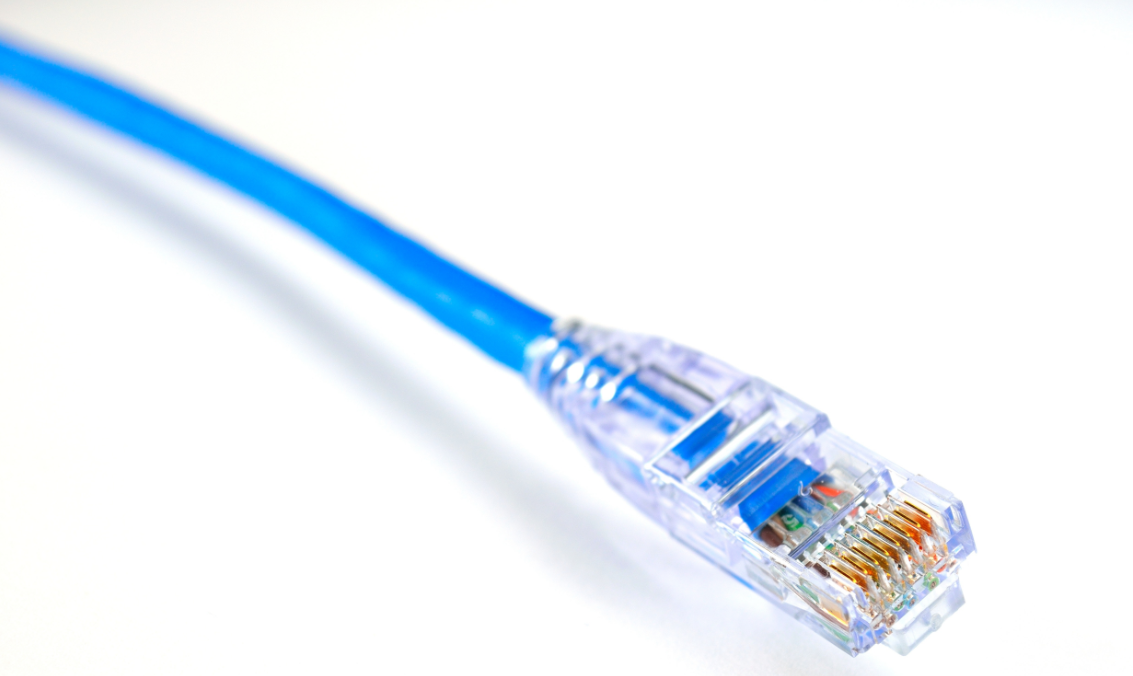
We’ve compared cables before (Cat 5, Cat 5e and Cat 6) so here we’ll be comparing Cat 6 with Cat 7.
The focus is so often on Wi-Fi that we wouldn’t blame you forgetting that sometimes, a cable is actually better!
Our homes and businesses are filled with electronic devides that need an internet connection to work. It used to just be out computers, but now it’s smart TV’s, printers, media players, games consoles etc. So it becomes even more importantto have everything connected properly.
All of these devices can connect to the internet via Wi-Fi nowadays, but sometimes a wired connection is better as it is more stable as well as faster.
And so we come to the cables – These are UTB cables (unshielded twisted pair) and they are available in different categories as we said before.
Starting at Cat5, they run up to Cat 7. The higher the category, the faster the network cable and here we will be looking at Cat6 and Cat7.
Speeds for each cable are:
Cat6 – 10,000 Mbps, 250mhz
Cat7 – 100,000 Mbps, 1000mhz
The main difference between Cat6 and Cat7 cables is the frequency. As you can see above, a Cat7 cable and a Cat6 cable have the same speed.
However, the difference is that Cat7 has a higher frequency than the Cat6 so a higher bandwidth. This shows how often the signal can pass through the cable, and thus how fast it can transfer data. So the higher category the cable, the faster it can transfer data.
The speed also depends on the distance. For Cat6 cables, speed is 10,000mbps upto 55 metres, and then drops down to 1000mbps between 55 and 100 metres. With Cat7 cables, their speed drops after 15 metres.
With higher speeds on data transfer comes higher price tags. This isn’t much of a problem if all you’re doing is plugging in your computer, however if you are cabling an entire house or business full of devices then it might start to get pricier. Of course, it depends on how much you rely on your connection being fast and reliable.
So which cable should you get?
The great thing about these cables is they work backwards, so the higher category cables are still compatible with the lower categories.
Even if you don’t think you need the faster cables right now, it might be worth investing in them anyway, should you get newer devices later on that would benefit from the higher bandwidth and transfer speeds.
If you’re not worried about how things may change in the next 5-10 years then you will probably go for the lower category cables.
If you’re unsure which would benefit your business set up, then get in touch with our Wi-Fi experts here at Geekabit and we can help advise what would work best for you. You get in touch on 0203 322 2443 (London), 01962 657 390 (Hampshire) or 02920 676712 (Cardiff).
